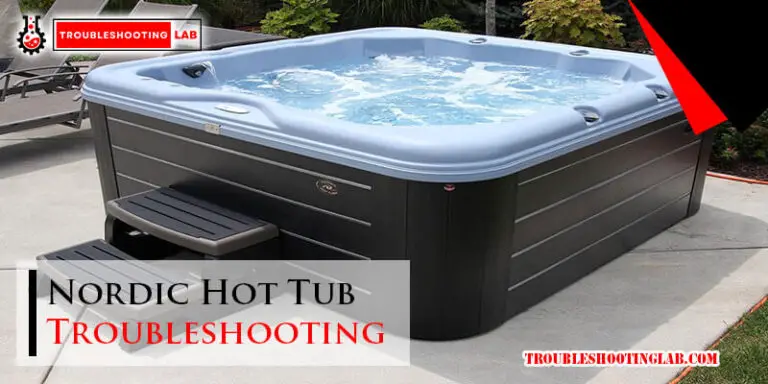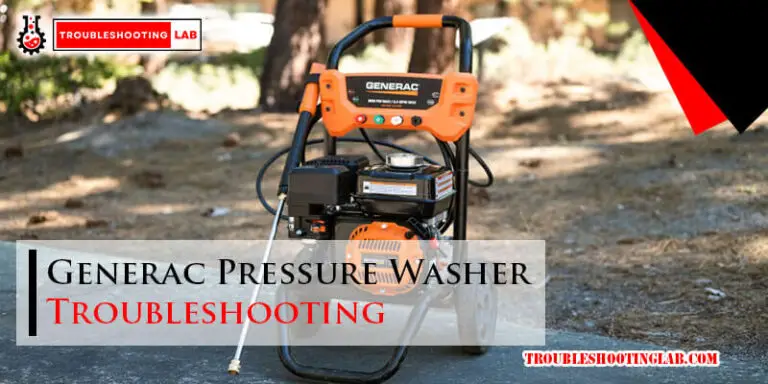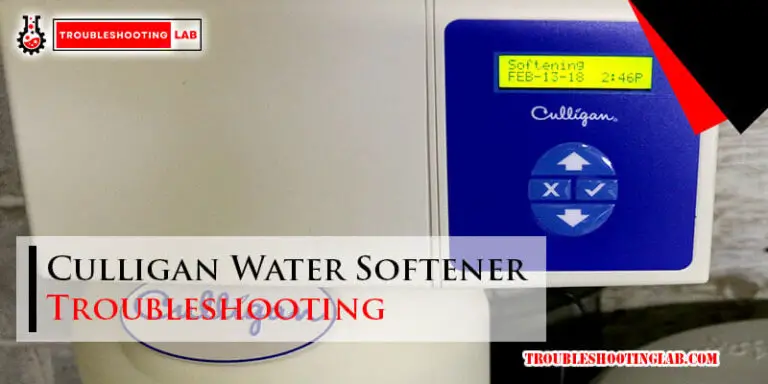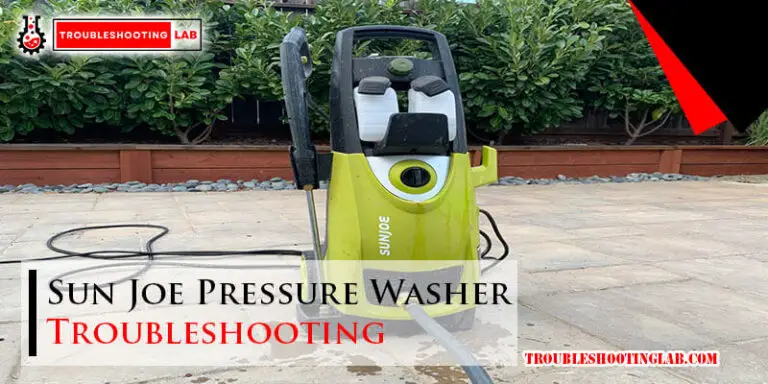Mercury 2 Stroke Outboard Troubleshooting: Expert Tips
In troubleshooting a Mercury 2-stroke outboard, one possible issue could be a fuel line air leak, causing a fluctuation in the fuel supply. Another common culprit is a clogged fuel filter or carburetor.
To fix these issues, inspect the fuel filters and lines for any damage, replace any parts if necessary, and clean or unclog the carburetor. Additionally, check the spark plug wiring for corrosion and ensure it is properly connected. Lastly, consider using fuel additives or flushing the motor to keep it running smoothly.
For further assistance, consult a professional or refer to the manufacturer’s manual for specific troubleshooting steps. When it comes to troubleshooting a Mercury 2-stroke outboard, there are several common issues that may arise. Understanding these issues and knowing how to address them can help ensure a well-maintained and properly functioning outboard motor. We will discuss some of the most common troubleshooting steps and potential solutions for fixing a Mercury 2-stroke outboard. By following these steps and guidelines, you can save time, money, and frustration and keep your outboard motor running smoothly for years to come.

Common Issues And Solutions
When it comes to troubleshooting a Mercury 2 Stroke Outboard, it’s essential to know the common issues and their solutions. By understanding these problems and their fixes, you can ensure that your outboard engine operates at its optimal level. In this section, we will discuss fuel system problems, spark plug troubleshooting, propeller issues, and engine power and acceleration problems, along with their respective solutions.
Fuel System Problems
The fuel system is crucial for the proper functioning of your outboard engine. Common fuel system problems may include clogged fuel filters, contaminated fuel, or issues with the carburetor. Here are some solutions to these problems:
- Fuel Additives to Improve Performance: Adding fuel additives that clean the fuel system can help improve engine performance and prevent any clogs or contaminants from affecting the fuel flow.
- Draining the Fuel System: Regularly draining the fuel system and replacing it with fresh fuel can help prevent fuel contamination and keep the engine running smoothly.
- Checking for Air Leaks in the Fuel Line: An air leak in the fuel line can disrupt the fuel supply and cause engine issues. Conduct regular inspections to identify any leaks and fix them promptly.
Spark Plug Troubleshooting
Spark plugs play a vital role in ignition and combustion within the engine. If you’re experiencing issues with your outboard engine, it’s important to check the spark plugs and address any problems. Here’s what you need to know:
- Importance of Regular Maintenance: Regularly inspecting and cleaning spark plugs is essential to ensure proper ignition and prevent misfires or engine stalling.
- Signs of a Bad Spark Plug: Look out for signs such as rough idling, difficulty starting the engine, or decreased fuel efficiency, as these may indicate a faulty spark plug.
- Replacing the Spark Plug: If you determine that the spark plug is faulty, it’s important to replace it with a compatible and properly gapped spark plug to restore optimal engine performance.
Propeller Issues And Solutions
The propeller is responsible for transferring power from the engine to propel the boat. Problems with the propeller can affect the boat’s performance. Here are some common propeller issues and their solutions:
- Propeller Damage from Debris: If your propeller gets entangled with debris, it can cause damage or impact performance. Regularly inspect and clean the propeller to remove any debris.
- Identifying a Spun Propeller: A spun propeller occurs when the propeller is no longer properly attached to the propeller shaft. Look for signs such as vibration or poor acceleration, and if identified, it’s necessary to replace the propeller.
- Replacing the Propeller: If the propeller is damaged or doesn’t perform as expected, it’s crucial to replace it with the correct size and pitch propeller for optimal performance.
Engine Power And Acceleration Problems
Lack of engine power and acceleration issues can significantly impact your boating experience. Here are some common problems and the steps to troubleshoot them:
- Symptoms of a Bad Fuel Pump: A bad fuel pump can cause issues such as difficulty starting the engine, loss of power when throttling up, or increased engine temperature. Check for electrical power to the fuel pump and replace it if necessary.
- Addressing Acceleration Hesitation: If you notice hesitation when accelerating, it may indicate an issue with fuel delivery or carburetor settings. Inspect and clean the fuel system, and adjust the carburetor if needed.
- Troubleshooting Full Throttle Shutdown: If your outboard engine shuts down at full throttle, it could be due to a variety of reasons, including fuel flow issues or ignition problems. Check and address any fuel system or spark plug issues that may be causing the shutdown.
Preventative Maintenance Tips
Regularly Cleaning And Flushing The Outboard Motor
Regular cleaning and flushing of your Mercury 2-stroke outboard motor is essential for its proper functioning and longevity. Over time, dirt, debris, and saltwater can accumulate on the motor, causing corrosion and impeding performance. By maintaining a regular cleaning and flushing routine, you can prevent these issues and ensure that your outboard motor operates at its best.
When cleaning your outboard motor, start by rinsing it with fresh water to remove any loose dirt or grime. You can use a garden hose with a spray nozzle for this purpose. Pay special attention to hard-to-reach areas, such as the lower unit and propeller, where debris is more likely to accumulate.
After rinsing, use a mild detergent or specially formulated outboard motor cleaner to scrub away stubborn stains or residue. Use a soft brush or sponge to avoid scratching the motor’s surface. Rinse thoroughly with freshwater once again to remove any cleaning agents.
Flushing your outboard motor is equally important, as it helps remove salt, sand, and other contaminants that accumulate inside the cooling system. To flush the motor, connect a flushing kit or earmuffs to the water intake ports. Make sure the engine is turned off before attaching the flushing device.
Once the flushing device is properly attached, turn on the water supply at low to medium pressure. Start the engine and let it run for at least 10–15 minutes, allowing the water to circulate through the cooling system and flush out any impurities. During this process, periodically check the water flow from the telltale indicator to ensure it’s steady and strong.
By regularly cleaning and flushing your Mercury 2 Stroke Outboard motor, you can prevent corrosion, improve performance, and extend the life of your engine.
Properly Lubricating Moving Parts
Proper lubrication is vital for the smooth operation and longevity of your Mercury 2 Stroke Outboard motor’s moving parts. Without proper lubrication, these components can experience excessive wear and tear, leading to reduced performance and potential breakdowns.
One of the key areas that require lubrication is the propeller shaft. Apply a small amount of marine-grade grease to the propeller shaft before installation to ensure smooth rotation and minimize friction. Reapply grease periodically to maintain optimal performance.
In addition to the propeller shaft, make sure to lubricate other moving parts such as the throttle linkage, steering mechanism, and tilt and trim system. Use a silicone-based lubricant or a specialized marine lubricant that is suitable for outboard motors. Apply the lubricant as per the manufacturer’s instructions, taking care to reach all the necessary points.
Regularly lubricating the moving parts of your outboard motor will help reduce friction, prevent premature wear, and enhance overall performance.
Checking And Replacing The Fuel Filter
The fuel filter plays a crucial role in ensuring that your Mercury 2 Stroke Outboard motor receives clean fuel, free from contaminants. Over time, the fuel filter can become clogged with debris, affecting fuel flow and causing engine performance issues. To prevent these problems, it’s important to regularly check and replace the fuel filter.
Start by locating the fuel filter, which is typically located near the fuel pump or carburetor. With the engine turned off, disconnect the fuel line from the filter. Carefully inspect the filter for any signs of clogging, such as dirt or debris. If the filter appears dirty or clogged, it’s time for a replacement.
Select a compatible fuel filter for your outboard motor and carefully install it, ensuring that it is securely connected to the fuel line. Check for any leaks around the connections after installation.
Regularly checking and replacing the fuel filter will help maintain proper fuel flow and prevent engine performance issues caused by fuel contamination.
Inspecting And Replacing The Water Pump Impeller
The water pump impeller is a critical component of your Mercury 2 Stroke Outboard motor’s cooling system. It circulates water to prevent overheating and protect the engine from damage. Over time, the impeller can wear out or become damaged, reducing its efficiency and compromising cooling system performance. Therefore, inspecting and replacing the water pump impeller periodically is essential.
To inspect the water pump impeller, start by locating the water pump housing, which is typically located at the bottom of the outboard motor. Remove the housing cover and carefully examine the impeller for any signs of wear, cracking, or missing blades. If the impeller shows signs of damage or wear, it should be replaced.
Select a compatible water pump impeller for your outboard motor and carefully install it following the manufacturer’s instructions. Pay attention to the proper alignment and positioning of the impeller, ensuring that it rotates freely.
Inspecting and replacing the water pump impeller at regular intervals will help maintain proper cooling system functionality and prevent overheating.
Professional Troubleshooting And Repair
If you’re experiencing issues with your Mercury 2 Stroke Outboard engine, it may be time to seek professional help. While some troubleshooting can be done on your own, there are certain situations where a professional technician or service center is necessary. In this section, we’ll explore the reasons for seeking professional help, how to choose the right technician or service center, what to expect during a professional diagnosis, and the importance of understanding outboard motor warranty coverage.
When To Seek Professional Help
There are certain instances where it’s best to leave the troubleshooting and repair to the professionals. Here are a few scenarios:
- If you lack the technical knowledge or experience to diagnose and fix the issue,.
- If the problem persists after attempting basic troubleshooting steps such as checking fuel levels and spark plugs,
- If there are complex electrical or mechanical issues that require specialized equipment or tools.
- If the problem could potentially lead to further damage or safety hazards if not addressed properly,
Choosing The Right Technician Or Service Center
When it comes to choosing a technician or service center for your Mercury outboard, it’s important to find someone who is experienced and knowledgeable in working with these engines. Consider the following factors when making your decision:
- Look for certifications and credentials to ensure that the technician has the necessary training and expertise.
- Read reviews and ask for recommendations from other boat owners to find a reputable service center.
- Inquire about the technician’s familiarity with Mercury outboard engines and their track record of successfully diagnosing and repairing similar issues.
- Consider the location and availability of the service center, as well as their customer service and responsiveness.
What To Expect During A Professional Diagnosis
During a professional diagnosis, the technician will perform a thorough assessment of your Mercury outboard engine to identify the root cause of the problem. This may include:
- Examining fuel and electrical systems for any issues, such as clogged filters or faulty wiring,.
- Testing components such as spark plugs, ignition coils, and fuel injectors to ensure they are functioning properly.
- Using specialized equipment to diagnose more complex problems, such as computer diagnostic tools,.
- Providing a detailed report of the findings, along with recommended repairs or replacements.
Understanding Outboard Motor Warranty Coverage
It’s essential to understand the warranty coverage for your outboard motor, as it can affect the cost of repairs and replacements. Here are a few key points to keep in mind:
- Review the warranty terms and conditions to determine what types of repairs and issues are covered.
- Ensure that you follow the recommended maintenance schedule outlined in the warranty to maintain its validity.
- Contact the manufacturer or authorized dealers to clarify any questions or concerns regarding warranty coverage.
- Consider purchasing extended warranties or additional coverage for added peace of mind.
By seeking professional help, choosing the right technician or service center, understanding the diagnosis process, and being aware of your warranty coverage, you can ensure that your Mercury 2 Stroke Outboard engine is in the hands of experts who will get it up and running smoothly.
Frequently Asked Questions
Why Does My Outboard Motor Dies At Full Throttle?
If your outboard motor dies at full throttle, it could be due to a fuel line air leak. This causes fluctuations in the fuel supply to your boat’s carburetors. Make sure to check for any leaks and repair them to ensure a consistent fuel supply.
Why Is My 2-Stroke Outboard Not Getting Full Power?
There are several possible reasons why your 2-stroke outboard is not getting full power. One common issue is an air leak in the fuel line, which can cause fluctuations in the fuel supply. Other potential culprits include a spun propeller, a propeller entangled with debris, and corroded spark plug wiring.
Additionally, fuel problems, such as clogged filters or using gas with ethanol, can also lead to a loss of power. Perform a thorough inspection and troubleshooting to identify and fix the specific issue.
What Are the Symptoms of a Bad Fuel Pump on an Outboard Motor?
The symptoms of a bad fuel pump on an outboard motor include failing to start or maintain idle, losing power when throttling up, increased engine temperature, and checking for electrical power to fuel pumps. These symptoms are common in automotive, marine, and power sports applications.
Why does my outboard keep shutting down?
Possible reasons for your outboard motor shutting down include a fuel line air leak or clogged filters. Check the fuel filters and fuel/water separators for clogs or damage. If you’re using gas with ethanol, it can loosen debris in the tank and clog the filter.
Why Is My Mercury 2 Stroke Outboard Motor Dying At Full Throttle?
If your motor dies at full throttle, it could be due to an air leak in the fuel line. Check for constant fluctuations in fuel supply to the carburetors.
Conclusion
If you’re experiencing issues with your Mercury 2-stroke outboard motor, don’t fret. By following the troubleshooting tips mentioned in this blog post, you’ll be able to identify and fix common problems. From checking for fuel supply issues to inspecting spark plugs and fuel filters, these steps will help you get your motor running smoothly again.
Remember, regular maintenance and proper care are key to ensuring optimal performance. With these troubleshooting techniques, you’ll be back on the water in no time. Happy boating!






